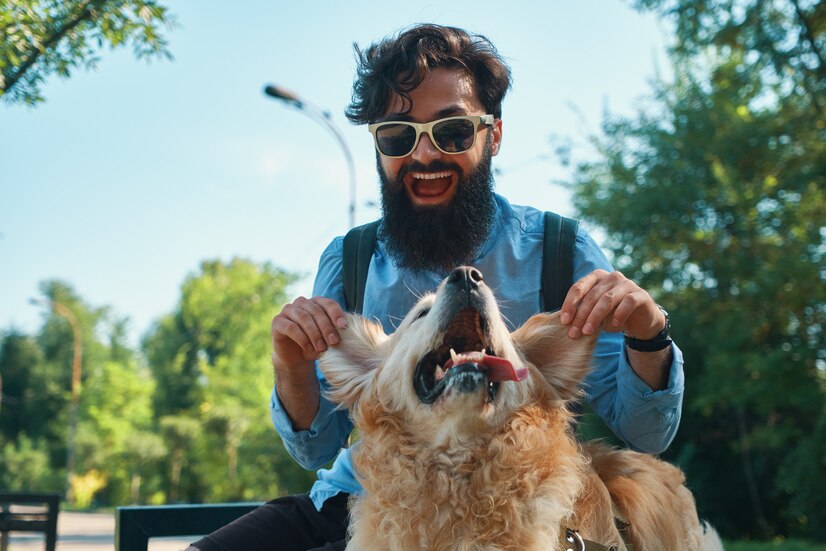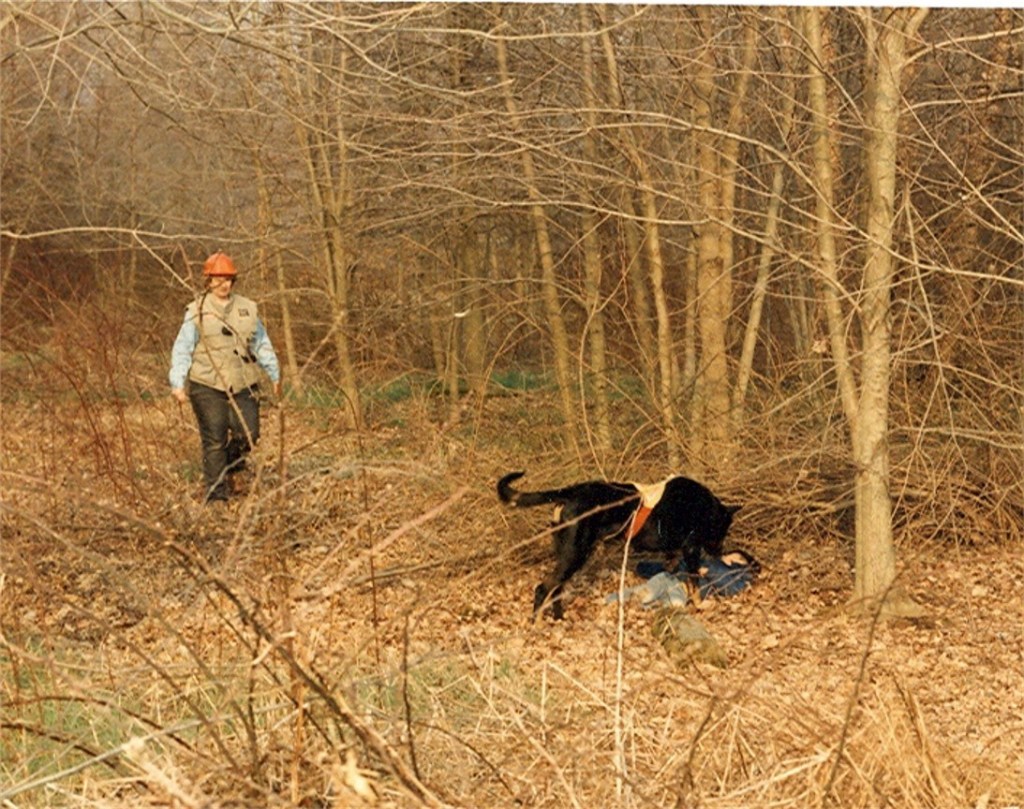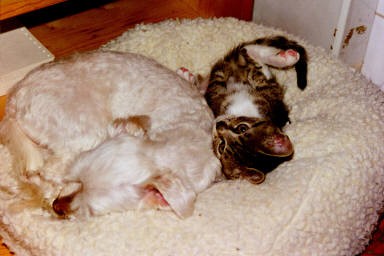by guest blogger Cindy Aldridge
Embarking on the path to overcoming addiction, you might discover solace and support in unexpected places. Among these, the companionship of pets stands out as a source of unconditional love and understanding. These furry friends offer companionship and become critical pillars in the journey toward sobriety, providing a unique form of support that nurtures emotional and physical well-being. Susan Bulanda shares more:
Providing Companionship and Sense of Purpose
In the throes of addiction recovery, the presence of a pet can imbue your life with a newfound sense of purpose and belonging. The unconditional love and unwavering companionship pets offer can fill the void of loneliness, giving you a reason to push forward.
Their dependence on you for care and affection instills a routine and responsibility that can be incredibly grounding. This bond is crucial to the recovery process, offering a comforting presence that reassures and motivates you to continue healing.
Navigating Through Inpatient Treatment
When grappling with the complexities of addiction recovery, acknowledging the potential for relapse becomes pivotal. In such instances, opting for inpatient treatment emerges as a decisive choice, offering a structured and supportive setting for individuals navigating the trials of recovery. While concerns about the expense of rehabilitation may arise, it’s reassuring that numerous treatment centers readily accept health insurance from major providers.
Mitigating financial worries requires proactive engagement with insurance companies to ascertain the extent of coverage. Selecting the right inpatient facility involves a multifaceted approach; start with this list of best rehab centers in the US. Take into account accommodations, accreditations, treatment approaches, location, and the testimonials of former patients.
In parallel to choosing a rehabilitation center, it’s crucial to ensure your pet’s well-being by arranging temporary housing. Research local pet boarding facilities or consider pet-sitting services that can offer personalized care in your absence. Engaging with a trusted provider early on will give you peace of mind, knowing your furry friend is in safe hands while you focus on your recovery.
Alleviating Stress Through Pet Interaction
Petting or simply being near an animal has been shown to reduce stress and significantly lower cortisol levels. This interaction promotes a sense of calm and well-being, which is particularly beneficial during the unpredictability of addiction recovery.
The routine of caring for a pet provides a distraction from stressors and a way to channel energy positively. This natural form of stress relief can make a significant difference in managing recovery’s emotional ups and downs, offering a peaceful respite in moments of turmoil.
Overcoming Loneliness with the Company of Pets
The companionship of a pet combats the loneliness and isolation felt during addiction recovery, offering comfort and a sense of security that diminishes the risk of relapse. Their simple, unwavering support lightens the complexities in human relationships, making the path to sobriety feel less intimidating. This bond is a constant reminder that you are never truly alone in your journey toward healing.
Fostering Emotional Healing Through Pet Bonding
Pets provide a unique outlet for emotional expression, offering a safe space to express feelings without fear of judgment or reprisal. This aspect of pet ownership can be particularly therapeutic during addiction recovery, where emotional vulnerability is often a key part of the healing process. Caring for an animal can help redirect focus from personal struggles to the well-being of another, facilitating a form of emotional healing that is both subtle and profound.
Promoting Physical Health and Activity
Engaging in physical activities with a pet, such as walking or playing, strengthens your bond and promotes your own physical health. This routine encourages regular exercise, which is an essential component of a healthy recovery process. The physical benefits of activity and the emotional support of pet companionship contribute to a holistic approach to overcoming addiction, enhancing mental and physical resilience.
Encouraging Mindfulness and Presence
Caring for a pet requires mindfulness and presence which can be incredibly beneficial during addiction recovery. This responsibility encourages you to live in the moment, focusing on your pet’s needs rather than dwelling on past mistakes or future anxieties. This mindfulness practice fosters a sense of peace and connection, grounding you in the present and supporting a more mindful, purposeful approach to recovery.
In the challenging journey of overcoming addiction, the companionship of pets offers a powerful source of healing and support. Beyond mere companionship, they provide love, purpose, and a unique form of unconditional support that can significantly impact your recovery process. As you navigate the path to sobriety, consider embracing the therapeutic power of pets to find strength, resilience, and comfort in their presence.









